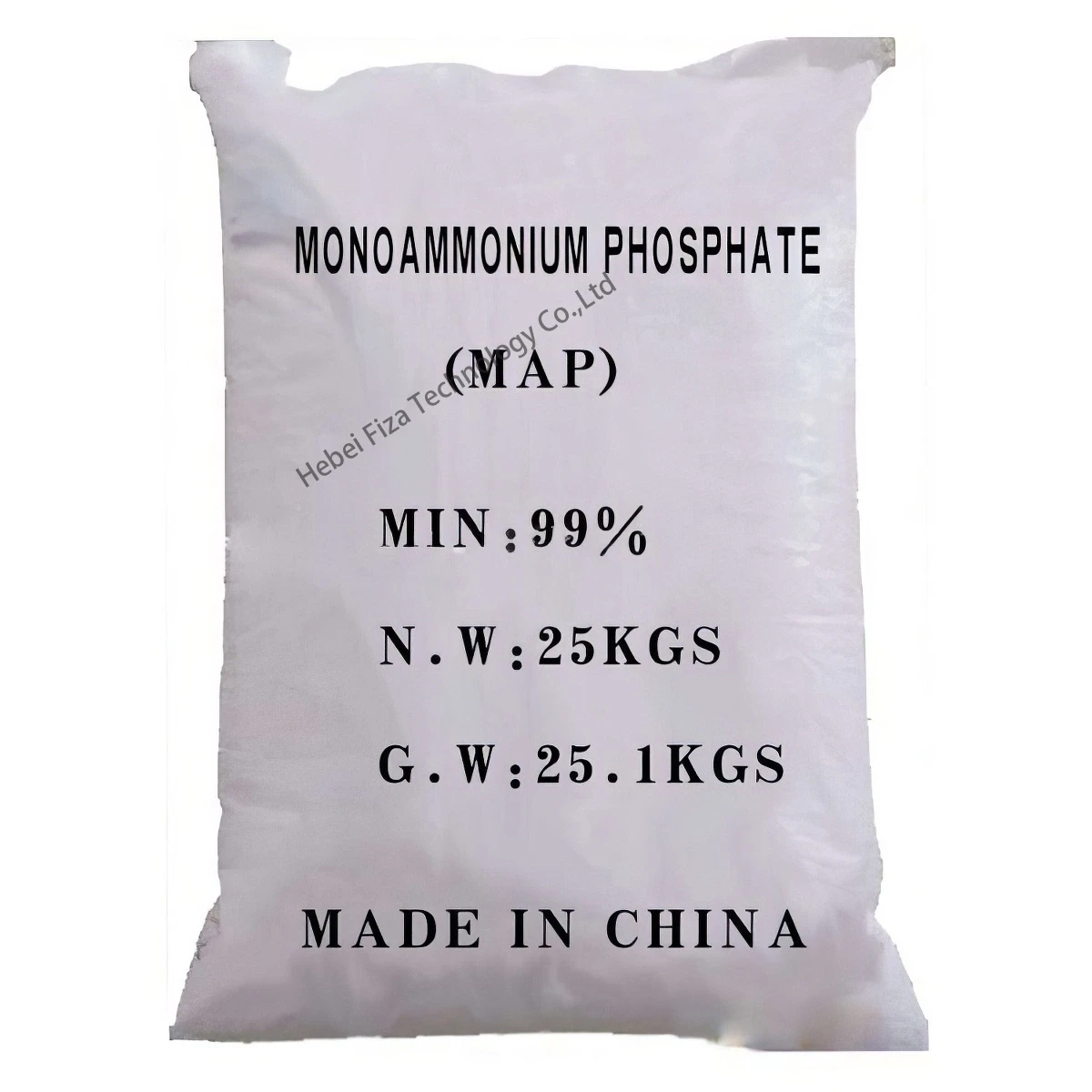



caustic soda used for soap making
The Role of Caustic Soda in Soap Making
Caustic soda, also known as sodium hydroxide (NaOH), is a critical ingredient in the soap-making process. Its fundamental role in saponification, the chemical reaction that occurs when fats or oils are mixed with an alkaline substance, is what makes it indispensable in the production of soap. Understanding how caustic soda works and its significance in soap making can enhance the quality of the final product and ensure safety during the process.
Understanding Saponification
Saponification is the process by which fats and oils are transformed into soap and glycerin. When sodium hydroxide is combined with triglycerides (fats and oils), it breaks down the ester bonds in these molecules. This reaction produces soap and glycerin as byproducts. The general formula for this process can be summarized as follows
\[ \text{Fat} + \text{Lye (NaOH)} \rightarrow \text{Soap} + \text{Glycerin} \]
The quality of the soap produced is significantly influenced by the type of fats and oils used and the precise measurement of caustic soda. Each type of fat or oil carries a unique saponification value, which indicates the amount of caustic soda required to convert a specific fat into soap.
Selecting the Right Caustic Soda
When entering the realm of soap making, choosing a high-purity caustic soda is paramount. Industrial-grade caustic soda may contain impurities that can affect the quality and effectiveness of the soap. Pharmaceutical or food-grade sodium hydroxide is recommended for those who are serious about soap making, as it is purer and results in a superior product.
Additionally, safety precautions must be taken when handling caustic soda. It can cause severe burns and irritation if it comes in contact with skin or eyes. Using gloves, goggles, and protective clothing is essential. Working in a well-ventilated area or outdoors is also advisable, as the reaction between caustic soda and water can produce heat and fumes.
The Process of Soap Making
caustic soda used for soap making

The process of making soap with caustic soda typically involves several steps
1. Preparation Gather all necessary ingredients, including oils, fats, sodium hydroxide, and water. A scale for precise measurements is also essential.
2. Mixing the Lye Carefully measure the desired amount of sodium hydroxide and mix it with distilled water to create lye. This should be done in a heat-resistant container, as the mixture will heat up rapidly.
3. Heating the Oils In a separate pot, heat the oils until they reach a temperature that mirrors the temperature of the lye solution.
4. Combining Slowly pour the lye solution into the heated oils while stirring continuously. This step requires caution, as the mixture can emit heat and fumes.
5. Blending Use a stick blender or whisk to mix the combination until it reaches trace, a consistency where the soap begins to thicken and leaves a trail when dripped from the whisk.
6. Molding Pour the soap batter into molds and let it sit for the recommended period, usually 24-48 hours, to harden.
7. Curing Once the soap has hardened, it needs to be cured for several weeks to allow any remaining lye to neutralize. This step is crucial for safety and results in a milder soap.
Conclusion
Caustic soda is an indispensable component of the soap-making process, enabling the transformation of fats and oils into usable soap. Its role in saponification emphasizes the importance of precision and safety in soap production. By understanding the chemical properties and proper handling of caustic soda, soap makers can craft high-quality soaps that are both effective and safe for users. Whether for personal use or commercial production, mastery of caustic soda in soap making can lead to beautiful, luxurious products that delight consumers.
-
Why Sodium Persulfate Is Everywhere NowNewsJul.07,2025
-
Why Polyacrylamide Is in High DemandNewsJul.07,2025
-
Understanding Paint Chemicals and Their ApplicationsNewsJul.07,2025
-
Smart Use Of Mining ChemicalsNewsJul.07,2025
-
Practical Uses of Potassium MonopersulfateNewsJul.07,2025
-
Agrochemicals In Real FarmingNewsJul.07,2025
-
Sodium Chlorite Hot UsesNewsJul.01,2025










